Tinga: The Spicy Secret Behind Mexican Comfort Food
So you’ve heard whispers of tinga in the kitchen, or maybe caught a whiff of it sizzling on the stove. But what exactly is this mysterious dish that smells like love and spices had a baby? If you’re new to the world of Mexican cuisine—or even if you're a seasoned foodie—this post will take you deep into the spicy, savory heart of tinga. We’ll explore its origins, how it’s made, and why it just might become your new favorite ingredient for everything from tacos to casseroles.
Table of Contents
- What Is Tinga?
- The Spicy Soul of Tinga
- How to Make Tinga Like a Pro
- Tinga Beyond Tacos: Creative Uses
- Frequently Asked Questions About Tinga
- Final Thoughts
What Is Tinga?
In the simplest terms, tinga is a traditional Mexican shredded meat dish—typically made with chicken or beef—that’s simmered in a rich sauce made from tomatoes, onions, garlic, and a blend of smoky, spicy chipotle or morita chiles. It’s more than just meat in a sauce; it’s a flavor bomb waiting to go off in your mouth.
While it originated in the state of Puebla, tinga has now spread across Mexico and beyond, becoming a beloved staple in home kitchens and street food stalls alike. What makes tinga stand out from other shredded meat dishes is the balance of heat, acidity, and umami—it’s not just about spice; it’s about depth of flavor.
Quick Tinga 101
- Traditional protein: Chicken or beef
- Main sauce ingredients: Tomato, onion, garlic, chipotle or morita chiles
- Cooking style: Simmered until tender and flavorful
- Common use: Tacos, tortas, tostadas, and more
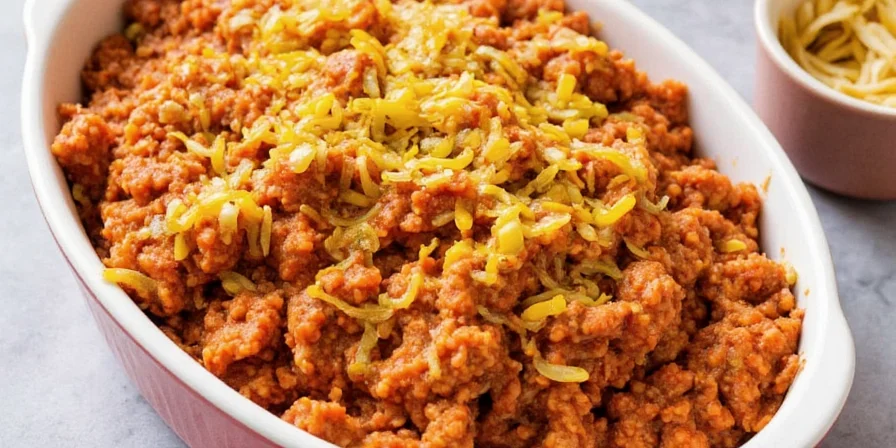
The Spicy Soul of Tinga
If there’s one word that defines tinga, it’s smoky heat. Chipotle peppers are dried, smoke-dried jalapeños, which means they bring both heat and a distinct wood-fired aroma to the table. Morita chiles are another popular option—they’re softer in flavor but pack a similar punch.
But don’t worry—if you’re not into intense spice levels, you can totally customize tinga to your taste. Here’s a quick breakdown of common chiles used in tinga and their heat levels:
| Chile Type | Heat Level (Scoville Units) | Flavor Profile | Best For |
|---|---|---|---|
| Chipotle | 2,500–8,000 | Smoky, earthy, slightly sweet | Rich, deep sauces |
| Morita | 5,000–10,000 | Fruity, smoky, tangy | Balance between spice & flavor |
| Ancho | 1,000–2,000 | Sweet, raisin-like, mild | Gentle spice lovers |
| Pasilla | 1,000–2,500 | Grassy, dark berry notes | Complex sauces with depth |
Pro tip: Want a milder tinga? Use fewer chiles or remove the seeds before blending. Prefer it fiery? Add an extra chipotle or two!
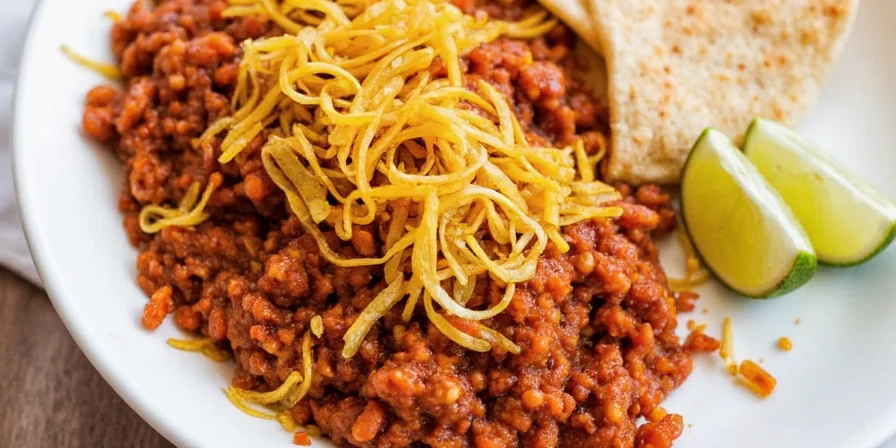
How to Make Tinga Like a Pro
Now that we’ve covered the basics, let’s dive into the actual cooking process. Making tinga is simple but requires a few key steps to build that signature flavor profile.
Step-by-Step Tinga Recipe (Chicken Tinga Version)
- Cook the base: Sauté onions, garlic, and tomatoes until softened and fragrant.
- Toast the chiles: Dry toast chipotle or morita chiles in a pan to enhance their smokiness.
- Blend the sauce: Combine chiles, tomato mixture, broth, vinegar, and spices into a blender. Blend until smooth.
- Simmer the meat: Add shredded cooked chicken (or beef) to the sauce and simmer for at least 20–30 minutes.
- Season and finish: Taste and adjust salt, acid (vinegar), and spice levels as needed.
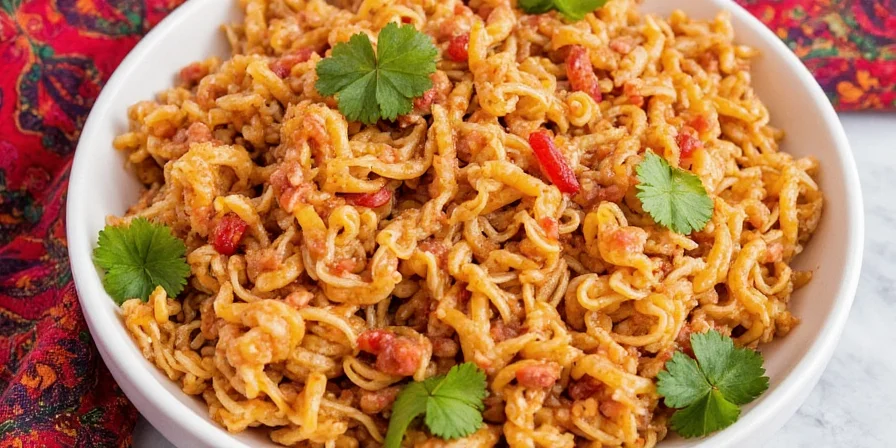
Spice Tip: Vinegar is Your BFF
Don’t skip the vinegar! It adds brightness and helps cut through the richness of the meat and chiles. Apple cider vinegar works great, but white wine vinegar or lime juice can also do the trick depending on your preference.
Tinga Beyond Tacos: Creative Uses
Once you have a batch of tinga ready, the sky's the limit! Here are some fun ways to use tinga outside of the standard taco shell:
- Tinga Tostadas: Crispy tostada shells topped with tinga, avocado crema, and pickled jalapeños.
- Tinga Quesadillas: Melted cheese + tinga = dream team inside a crispy tortilla.
- Tinga Enchiladas: Rolled up with cheese, dipped in green sauce, and baked to bubbly perfection.
- Tinga Pizza: Yes, really! Swap regular pizza meat for tinga for a smoky twist.
- Tinga Stuffed Peppers: Hollow out bell peppers, stuff them with tinga, rice, and cheese, then bake.
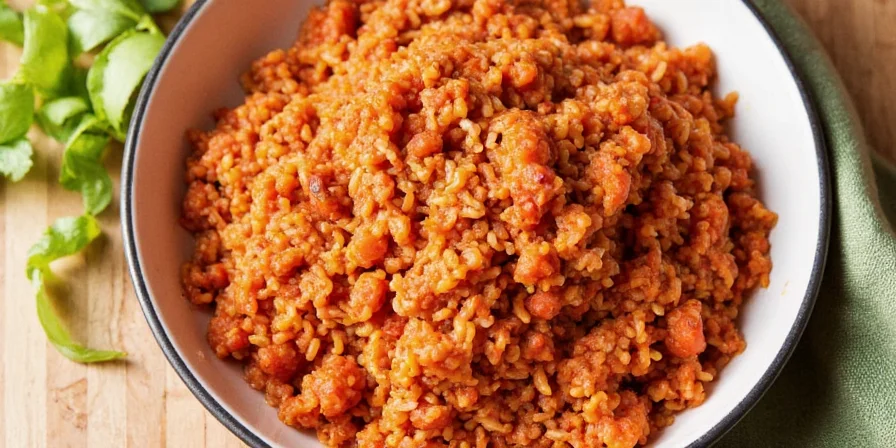
Frequently Asked Questions About Tinga
Can I Make Tinga with Beef?
Absolutely! While chicken is the most common version, beef tinga (tinga de res) is equally delicious. Just choose a cut that benefits from slow cooking—like chuck roast or brisket—and shred it after simmering.
How Long Does Tinga Last in the Fridge?
Tinga keeps well for 3–4 days in an airtight container. In fact, many people say it tastes even better the next day as the flavors continue to meld.
Can I Freeze Tinga?
Yes! Tinga freezes beautifully for up to 3 months. Just store it in portion-sized containers or zip-top bags for easy meal prep later.
Is Tinga Gluten-Free?
Most homemade tinga recipes are naturally gluten-free. However, when buying pre-made versions or restaurant-style tinga, be sure to check for hidden gluten sources like soy sauce or wheat-based thickeners.
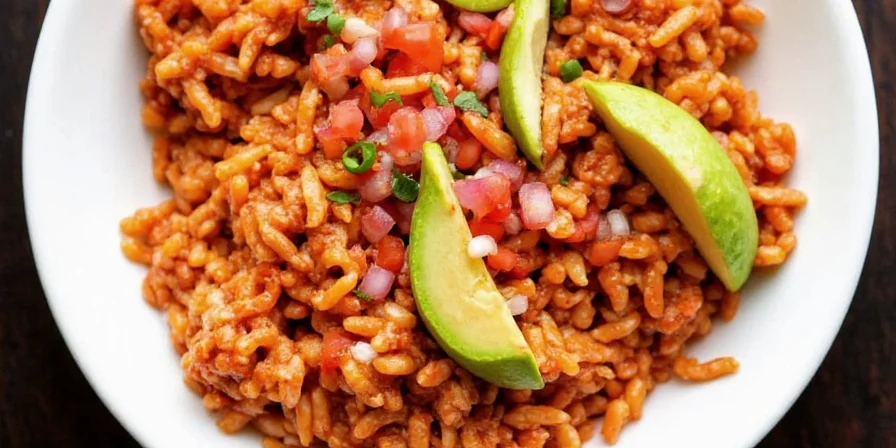
Final Thoughts
Tinga is more than just a dish—it’s a culinary experience packed with bold flavors, comforting textures, and a little bit of spice. Whether you're making it from scratch or experimenting with creative twists, tinga deserves a permanent spot in your recipe rotation.
Remember: Tinga is all about personalization. Don’t be afraid to play with spice levels, proteins, and serving styles. After all, the best tinga is the one that makes your taste buds sing (and maybe sweat a little).
So go ahead—fire up the pot, grab your favorite chiles, and get ready to fall head over heels for this spicy, smoky delight. Tinga might just become your new secret weapon in the kitchen.
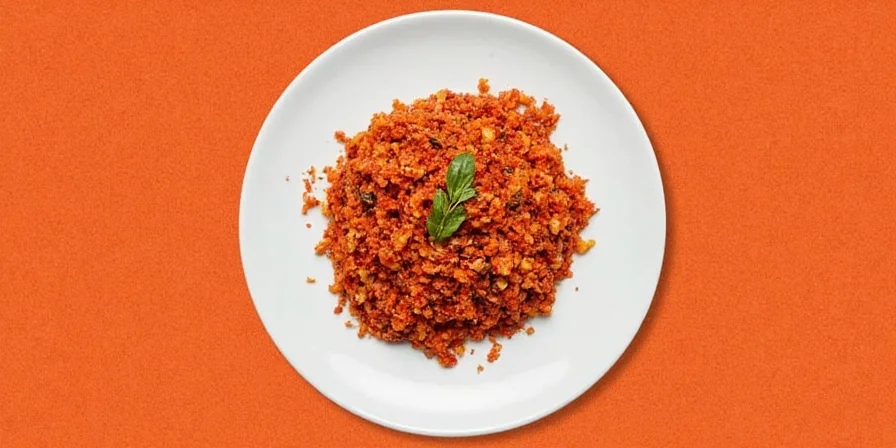
Ready to Level Up Your Spice Game?
- Experiment with different chiles
- Add tinga to your weekly meal prep
- Try vegan tinga with jackfruit or mushrooms
- Share your creations using #TingaLove

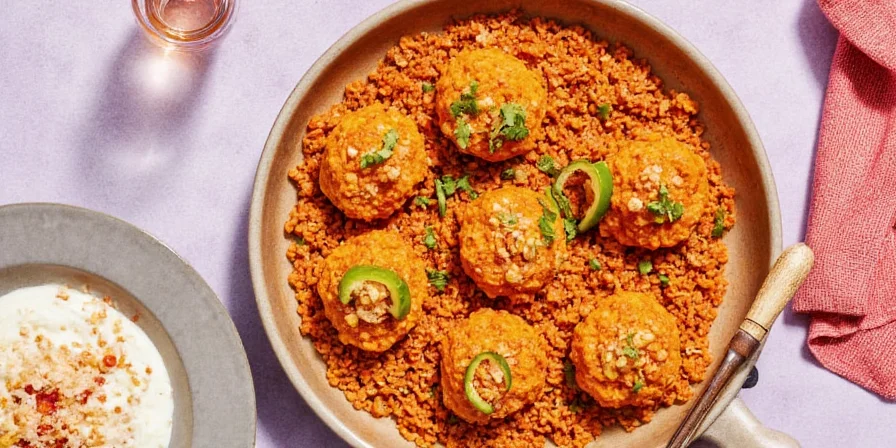









 浙公网安备
33010002000092号
浙公网安备
33010002000092号 浙B2-20120091-4
浙B2-20120091-4